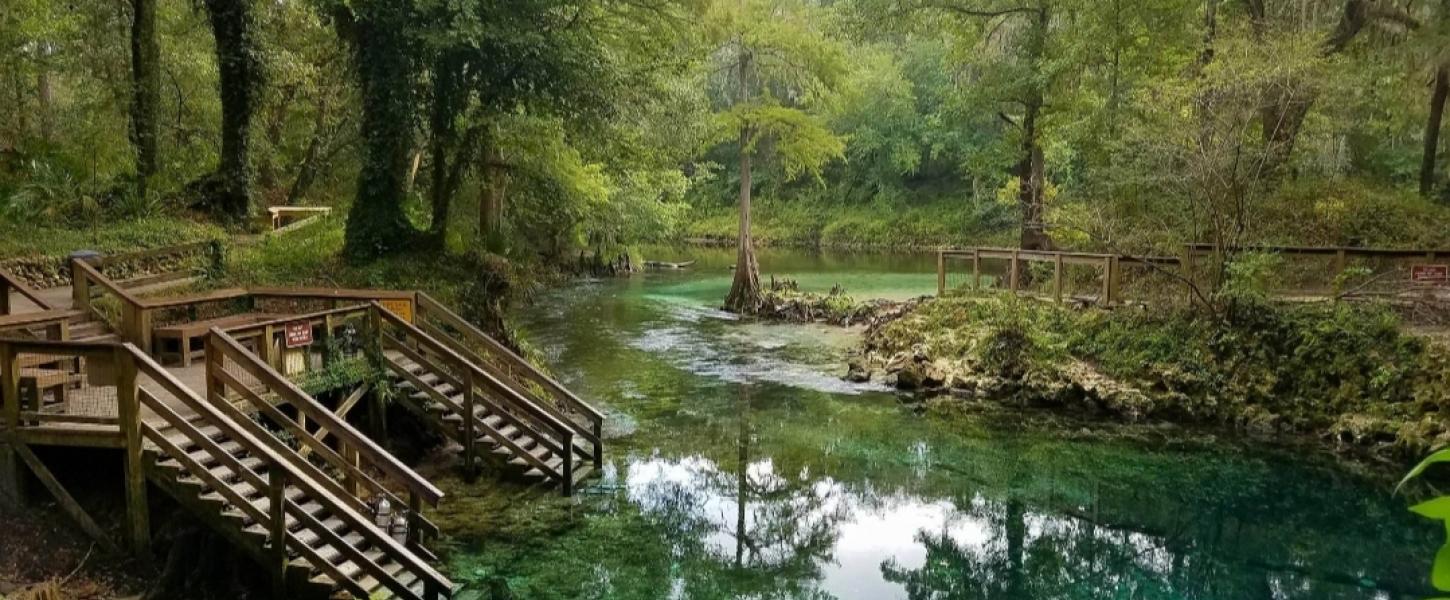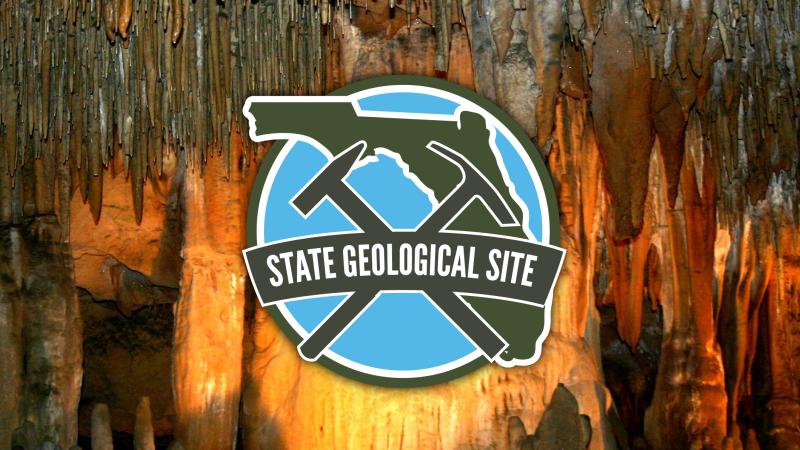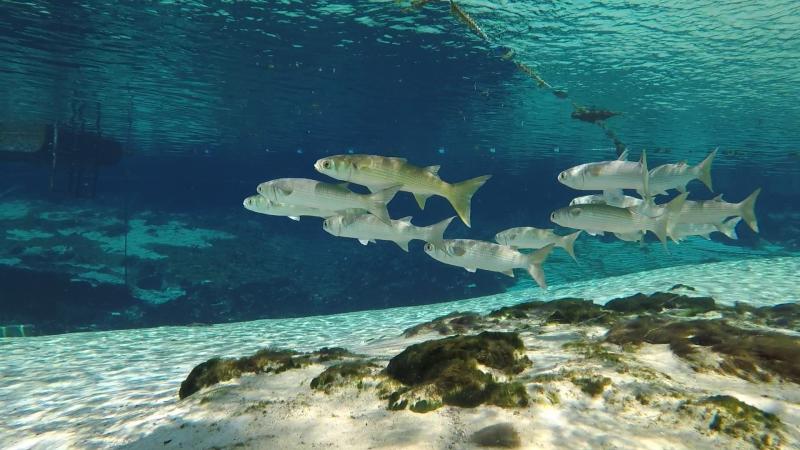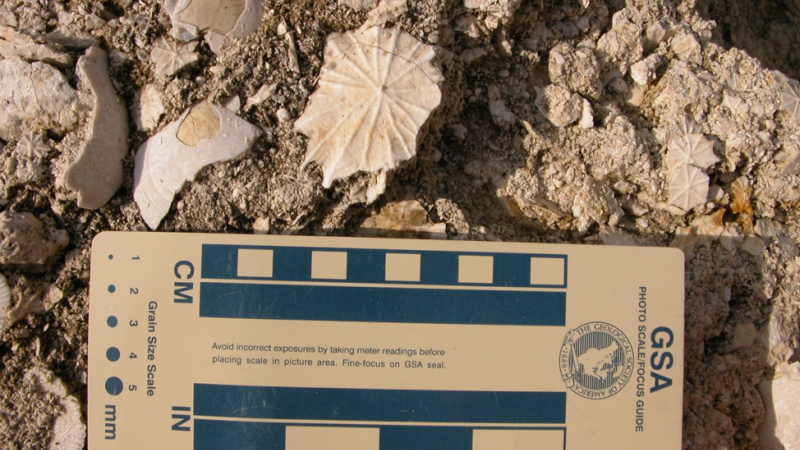Geology at Madison Blue Spring State Park

Madison Blue Spring State Park provides a wide variety of recreational activities including swimming, picnicking, hiking, paddling and scuba diving. The park includes Madison Blue Spring, which discharges to the Withlacoochee River, and numerous other karst features. The crystal blue waters of Madison Blue Spring are world famous for underwater cave diving and exploration, while the Withlacoochee River provides ample opportunities for kayaking and canoeing.
The park, located in easternmost Madison County on the west bank of the Withlacoochee River, lies approximately 12 miles north of the confluence of the Withlacoochee and Suwannee rivers. Madison Blue Spring, one of 33 first magnitude springs in Florida, flows from an 80-foot diameter spring pool, down a 100-foot spring run and into the Withlacoochee River. A large opening about 30 feet below the surface of the spring leads to an extensive underwater cave system. Over 26,000 feet of passages have been mapped by certified cave divers, making it one of the longest underwater caves systems in the state. The cave system extends well outside of the park boundary and passes under the Withlacoochee River just south of the State Road 6 bridge.
The spring’s clear blue waters originate from the lower Oligocene Suwannee Limestone, part of the Floridan aquifer system. The Suwannee Limestone, which is a white to cream-colored fossiliferous limestone, crops out in the Withlacoochee River and in the spring. The Suwannee Limestone is the upper geologic formation within the Floridan aquifer system throughout the park. The fossil sea biscuit Ryncholampas gouldii is an index fossil for the Suwannee Limestone and is commonly found in outcrops of the formation like seen in Madison Blue Spring and along the Withlacoochee River. An index fossil is a special fossil that is found only in a singular formation and helps geologists easily identify the formation and its geologic age. Agatized coral is another unique fossil that can be found at the confluence of the Withlacoochee River and Madison Spring’s waters in the gravelly bed of the river.
In the area surrounding Madison Blue Spring and to the west, the Suwannee Limestone is overlain by the lower Miocene Torreya Formation of the Hawthorn Group. The Torreya Formation is typically a siliciclastic unit with increasing amounts of carbonate in the lower part. Most of the exposures of Torreya Formation in the park are the siliciclastic portions, which vary from white to light gray to bluish gray, slightly clayey sands. The Torreya Formation is overlain by the Pliocene Miccosukee Formation, which forms the tops of many hills in the area. The Miccosukee Formation is a grayish-orange to grayish-red mottled clay, sand and gravel unit. In most of the upland areas of the park, the Miccosukee Formation is overlain by a thin (generally less than 20 feet thick) layer of undifferentiated Quaternary sands and clays.


